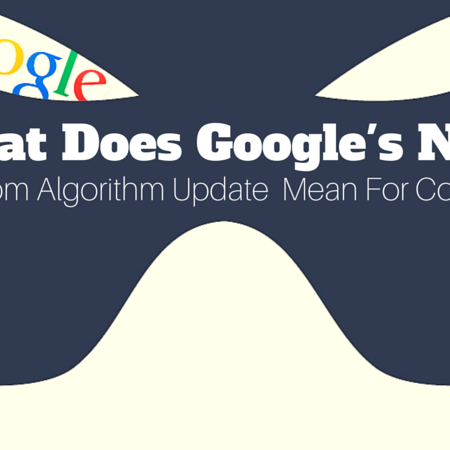
Are you looking for a great, new way to help leverage your social media campaign? Of course you...

Are you looking for a great, new way to help leverage your social media campaign? Of course you...

Google really wants you to mind your P’s (though I guess they care nothing about your Q’s.) First...

The world of content and social media is buzzing with some of the latest news coming out of...

This is our first guest blog from Alecs, our Client Accounts Manager. She stays busy running the daily business...

Marvel is one of the biggest, and hottest, production companies right now. It is an incredible place to...

Annie is a Content Manager at Express Writers. Content distribution channels provide a means of connecting with your...
No HR needed to get access to the best writers, editors, QAs, and strategists. We are your all-in-one content writing service delivering publish-ready content.
Copyright – 2025 Express Writers -All rights reserved